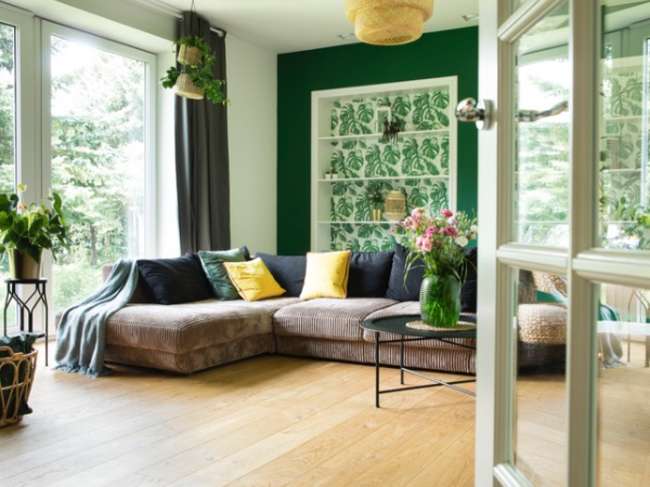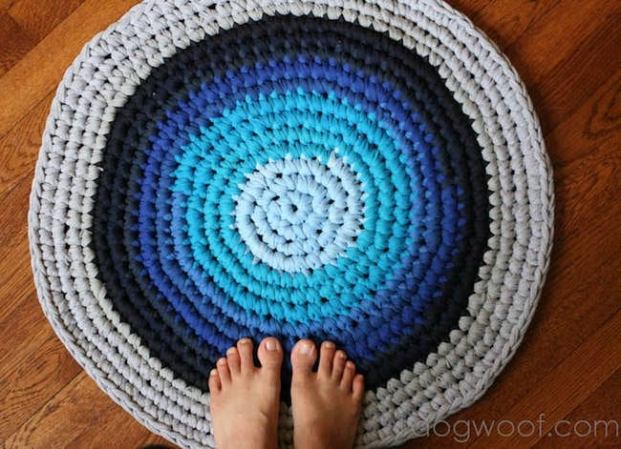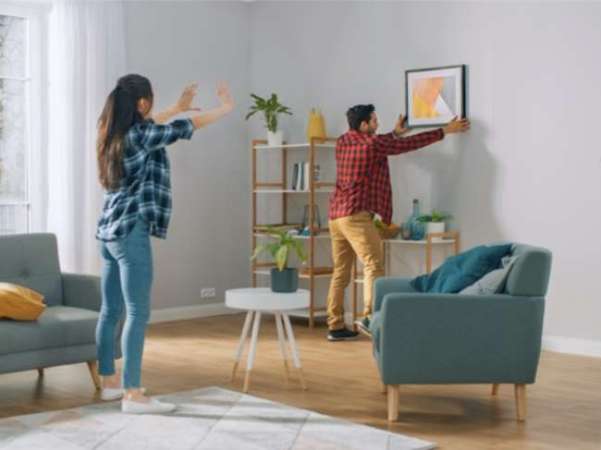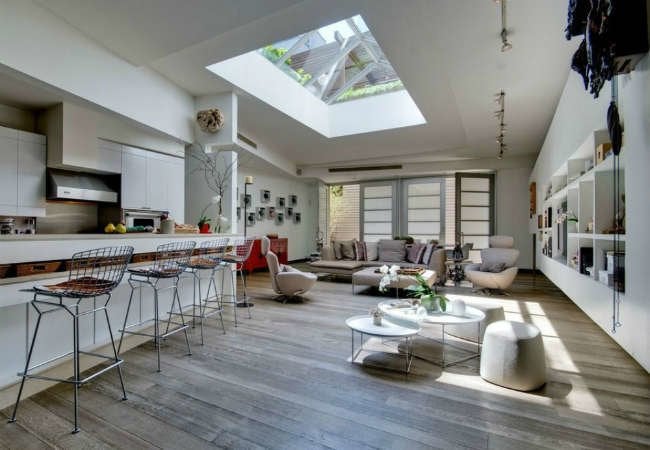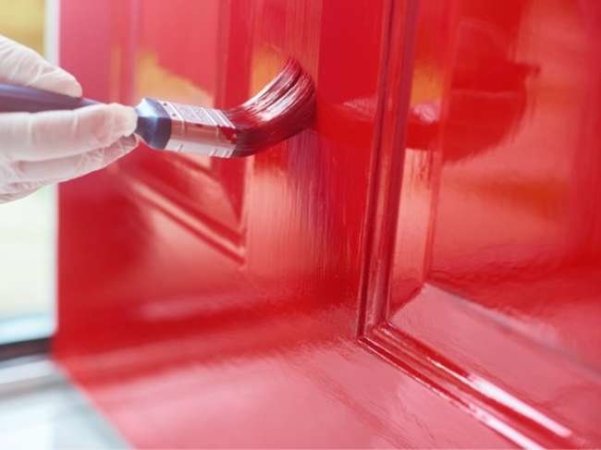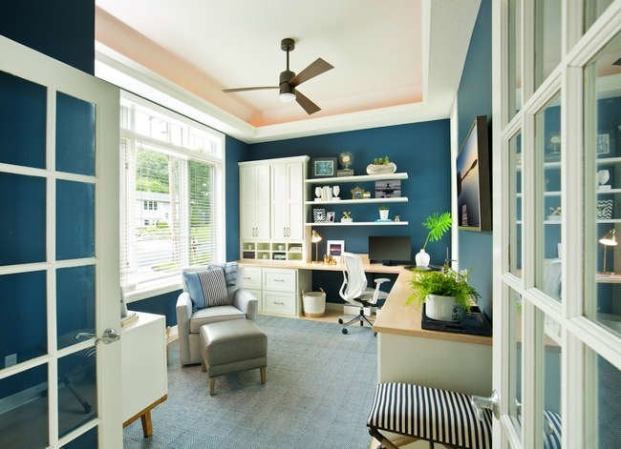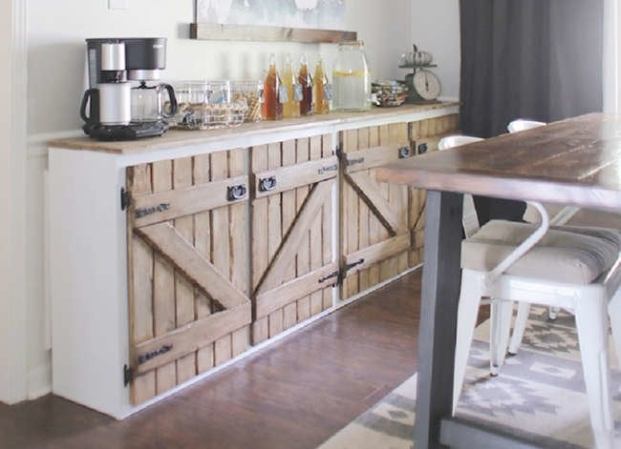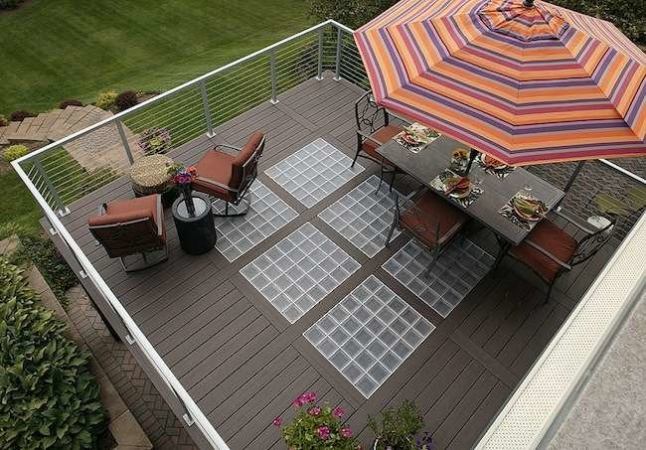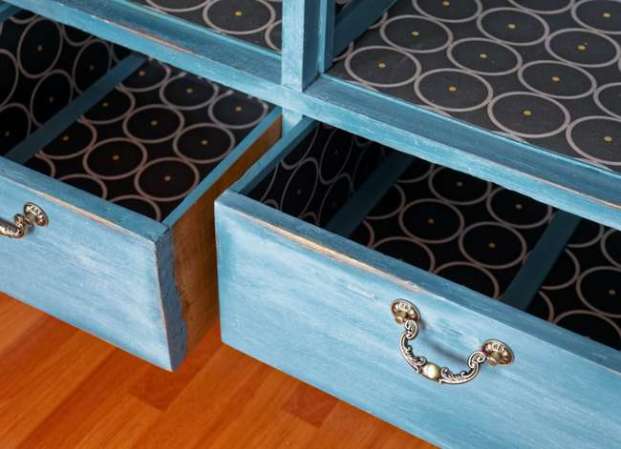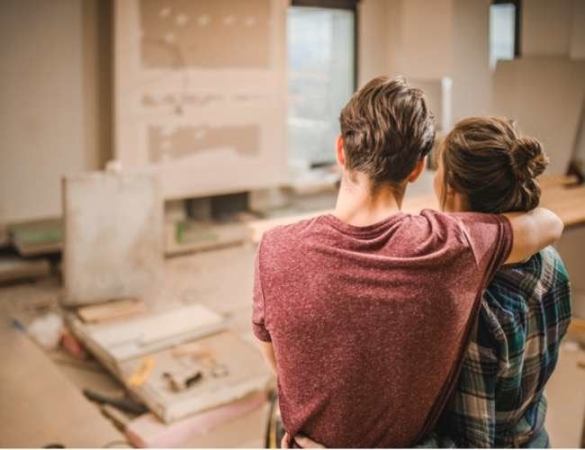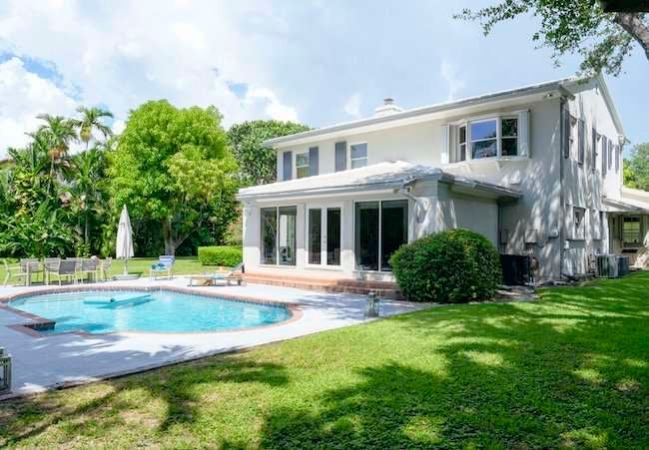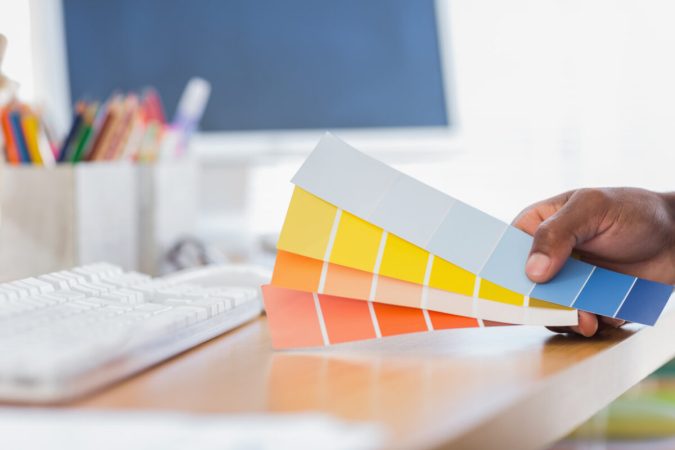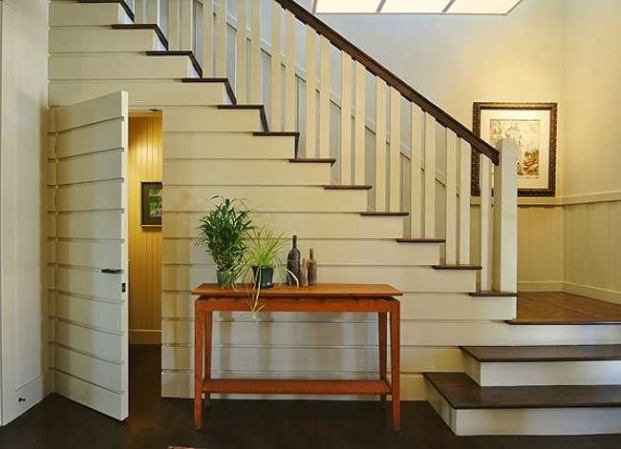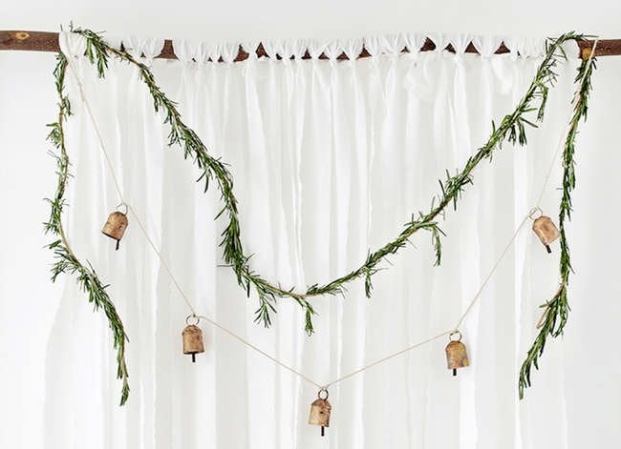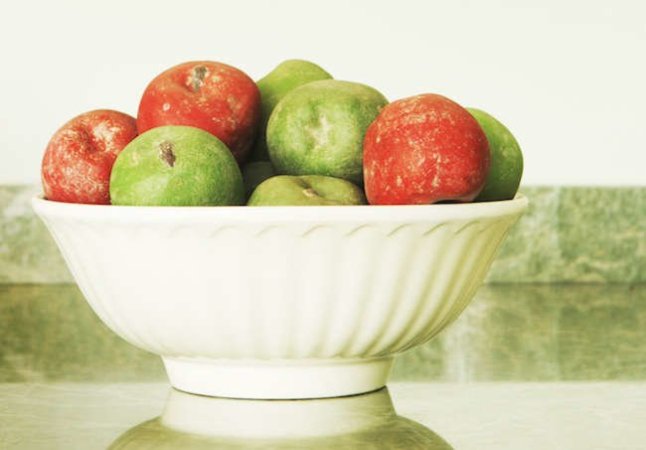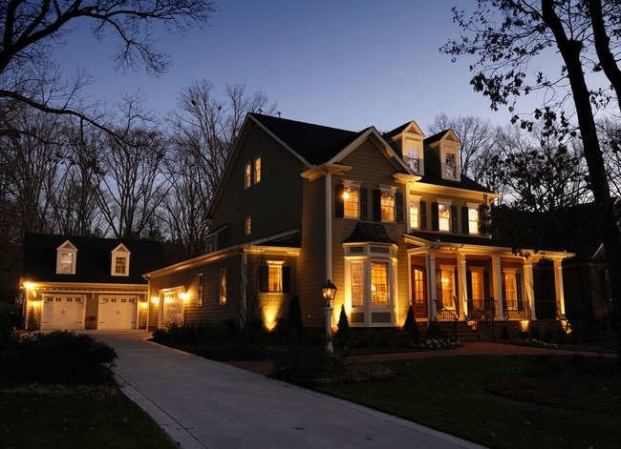We may earn revenue from the products available on this page and participate in affiliate programs. Learn More ›
What is Biophilic Design?
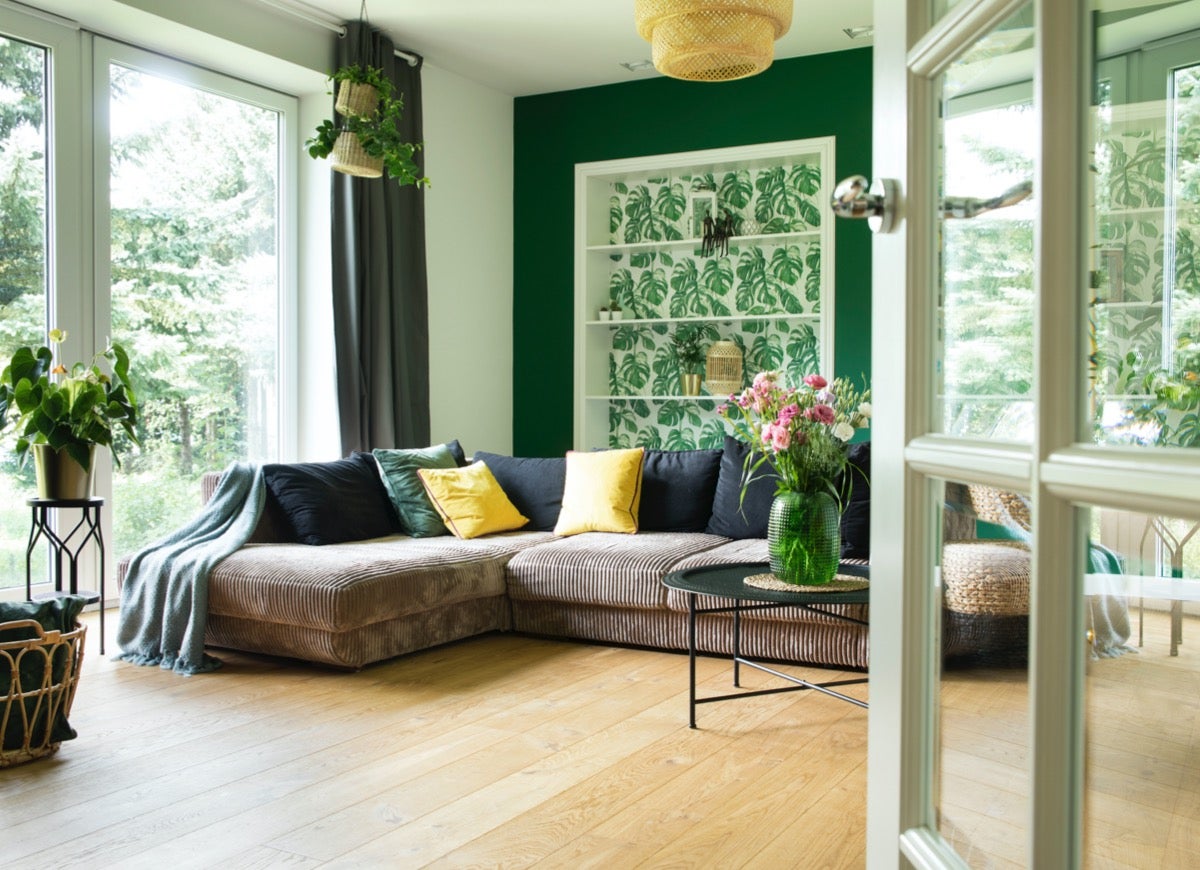
Plants are key elements of home decor because they’re beautiful, purify air, and are a way to bring a bit of the outdoors inside. Plants are just one example of the allure and benefits of biophilic design.
According to the Environmental Protection Agency (EPA), the average person spends an estimated 90 percent of their time indoors, both at home and work. This high percentage begs for balance, so humans seek out ways to make their indoor surroundings more natural. Biophilic design uses decor, materials, and design edifices to bridge the gap between people and the natural environment.
“Biophilic elements improve your life in numerous ways,” says sustainable designer Zelda Elisco of Abigail-Elise Design Studio. “They reaffirm our human connection to nature, evoke a sense of balance and refuge in our spaces, and increase productivity in work environments.”
Bring in the Light
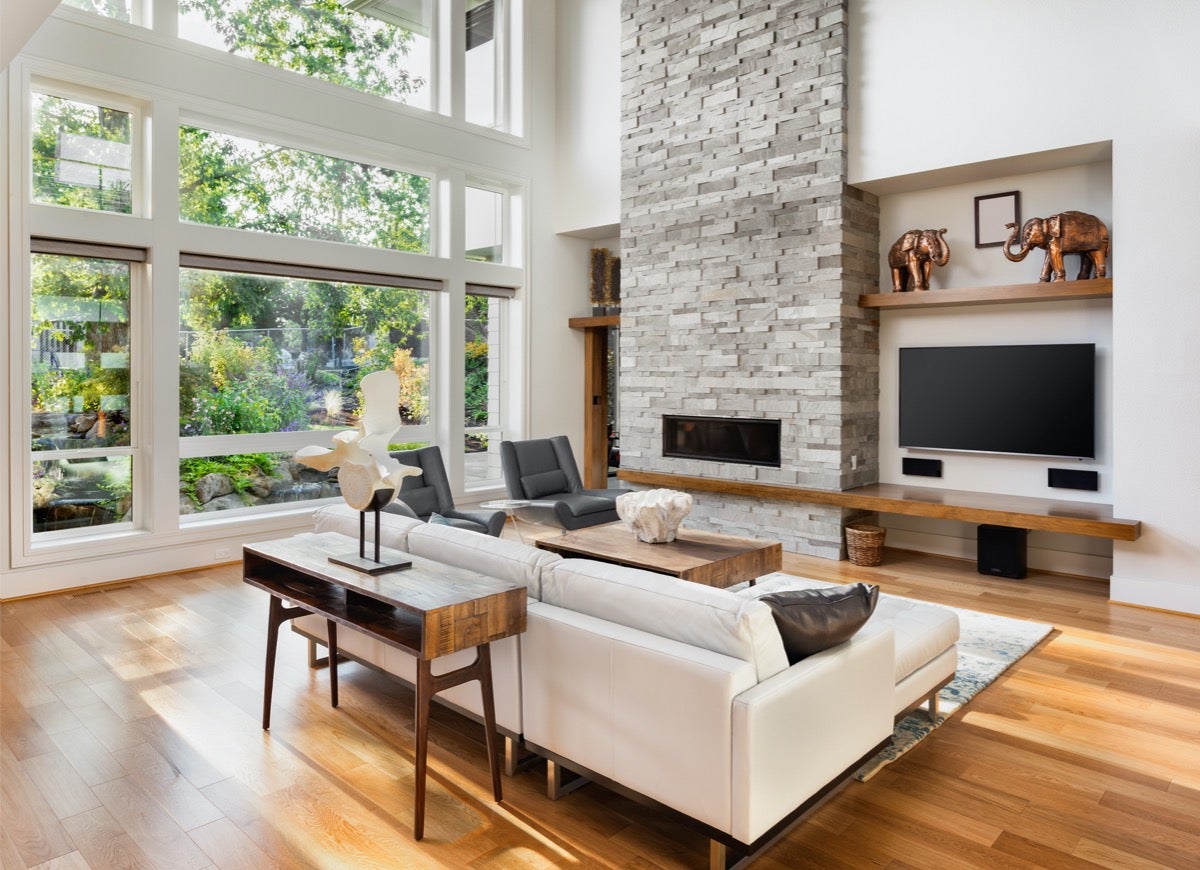
When incorporating biophilic design into your home, be mindful of light blockages. “Create as much light and sight outside as possible by removing objects that block windows and prevent daylight,” says Elisco.
Choose Natural Flooring
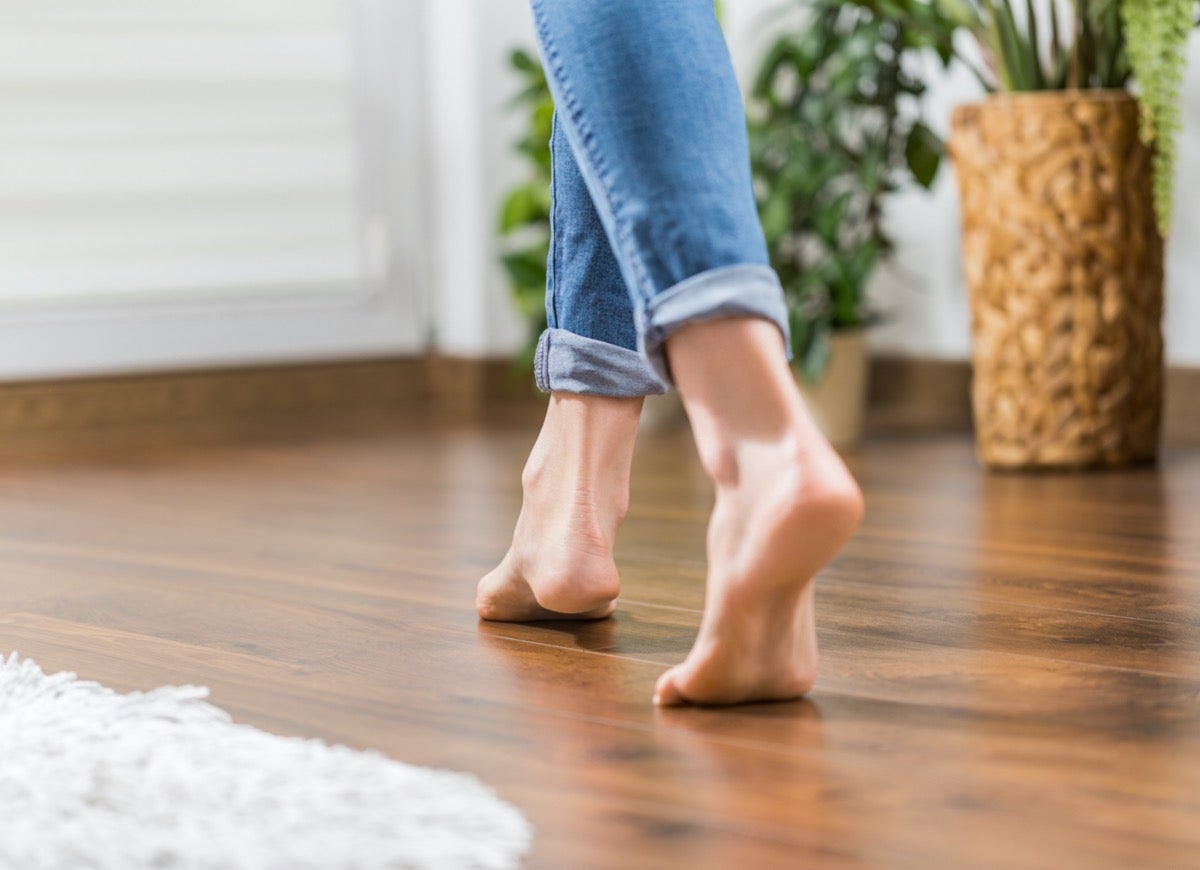
Hang Plants High
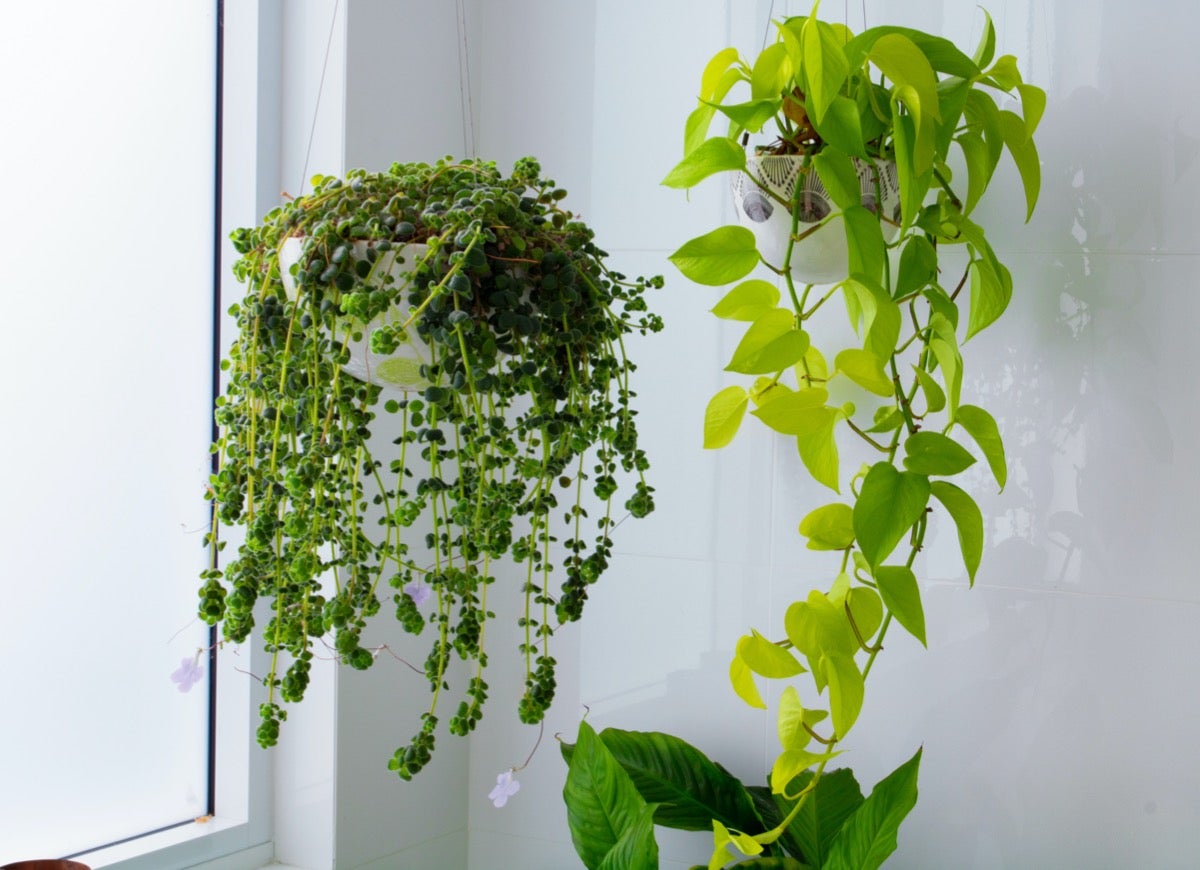
“Play with the element of gravity by suspending plants and vines from the ceiling to evoke a sense of growth and change over time (a key biophilic attribute),” says Elisco.
Fill up Dead Spaces with Large Plants
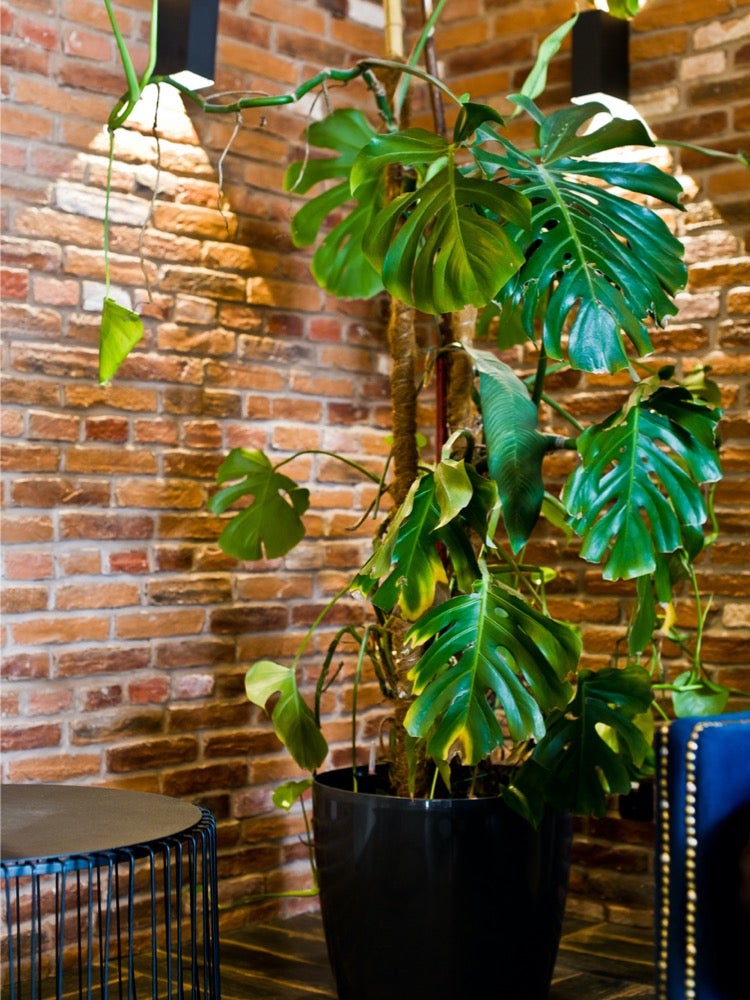
Elisco suggests arranging bigger plants in floor pots and using them to spruce up dead spaces in corners. For maximum biophilic impact, place plants in a natural, earthy container such as a rattan plant pot.
Mimic Nature Through Textiles
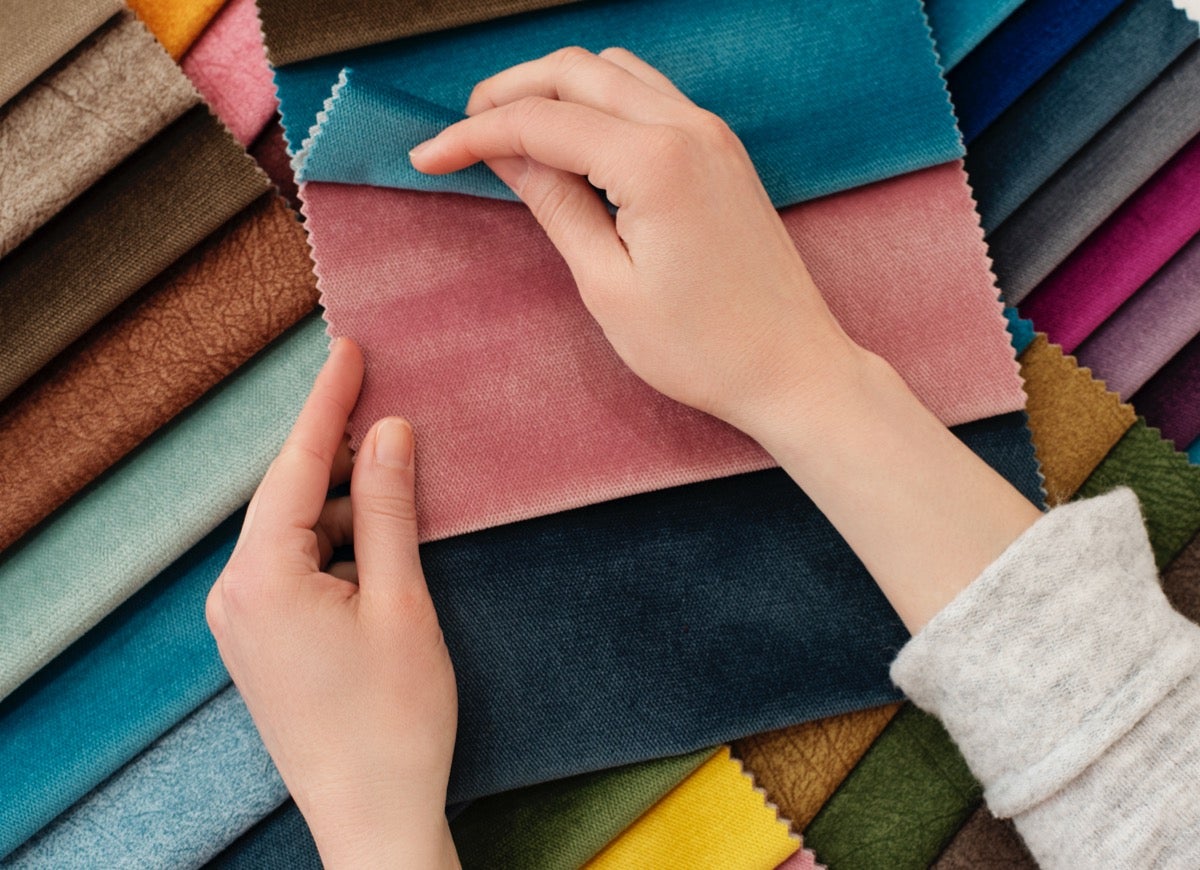
“Add fabrics, artwork, and wall coverings that have texture and simple patterns to mimic the richness of information our eyes are accustomed to in nature,” says Elisco. Nature is a kaleidoscope of colors and patterns, so it stands to reason that those looking to enhance their homes with biophilic design should consider integrating patterns and visual variety into their design scheme.
Incorporate Natural Hues
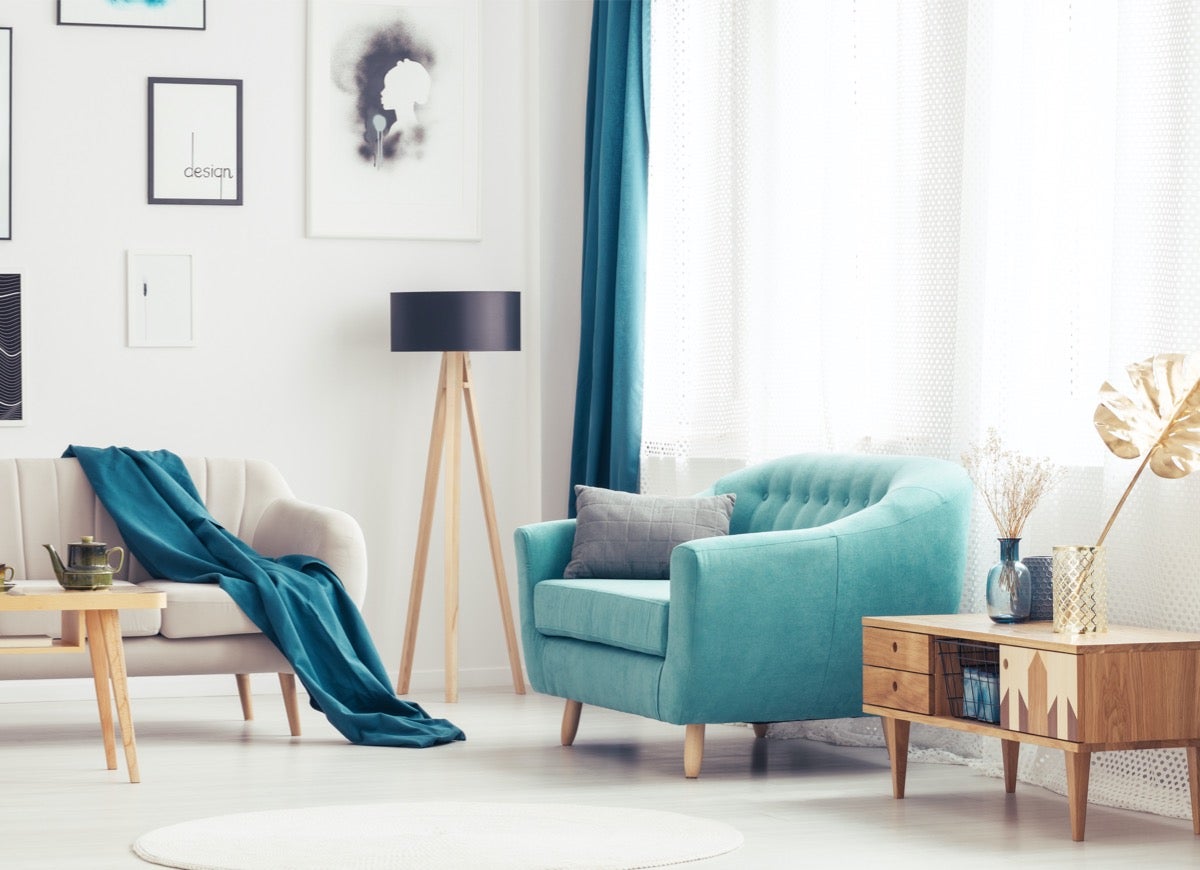
Decorating in natural hues will create a sense of biophilia throughout the home as well. Paint an accent wall a soothing sky blue, for example, or choose a sandy tone for bedding and throw pillows. Enhance the natural look by incorporating unfinished earthenware and wood furniture into your decor too.
Create a Mindful Layout
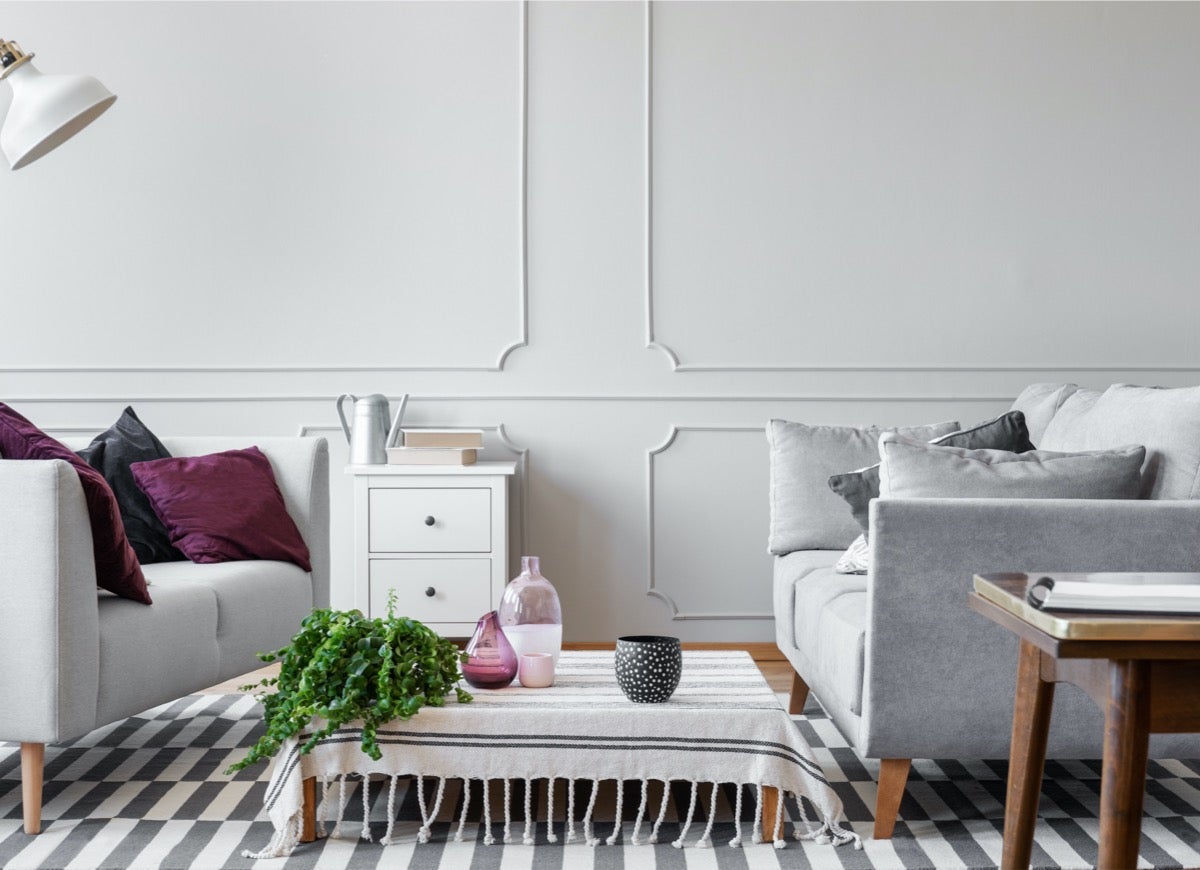
“Evoke a sense of balance in the home by creating a layout that is both balanced and symmetrical. You will start to notice a reduced stress right away,” says Elisco. In a living room, symmetry can be accomplished architecturally by flanking a fireplace with two built-in cabinets. A sofa on one side of the fireplace can be balanced out by two chairs on the other side.
Celebrate Curves
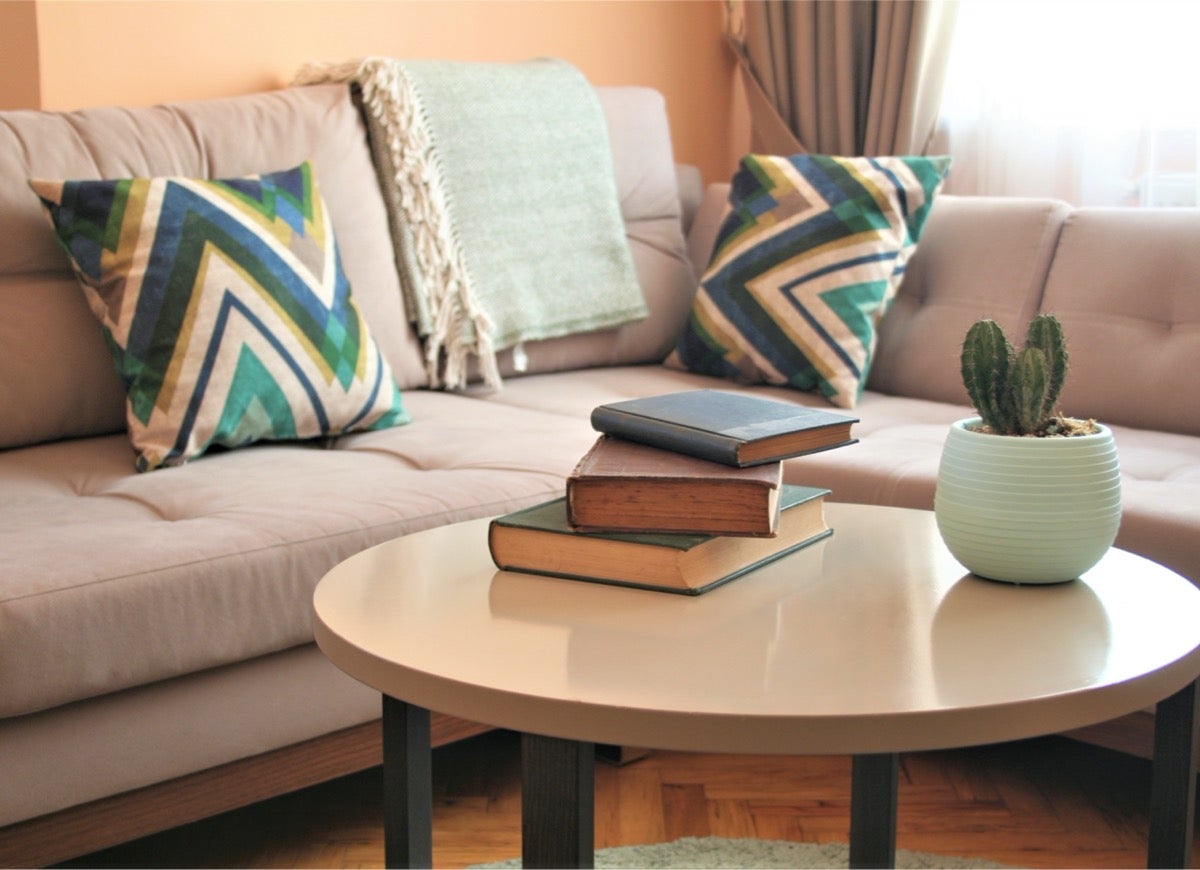
In biophilic design, the shapes you incorporate into your home are just as important as the materials and fabrics. “Curves in our built environment or furniture evoke a positive human reaction because of [their] resemblance to the natural shapes found in nature,” says Elisco. Incorporating curves into your living room is as easy as swapping your rectangular coffee table for an oval one, or adding a couple of cozy chairs with rounded backs.
Design With Fractal Elements
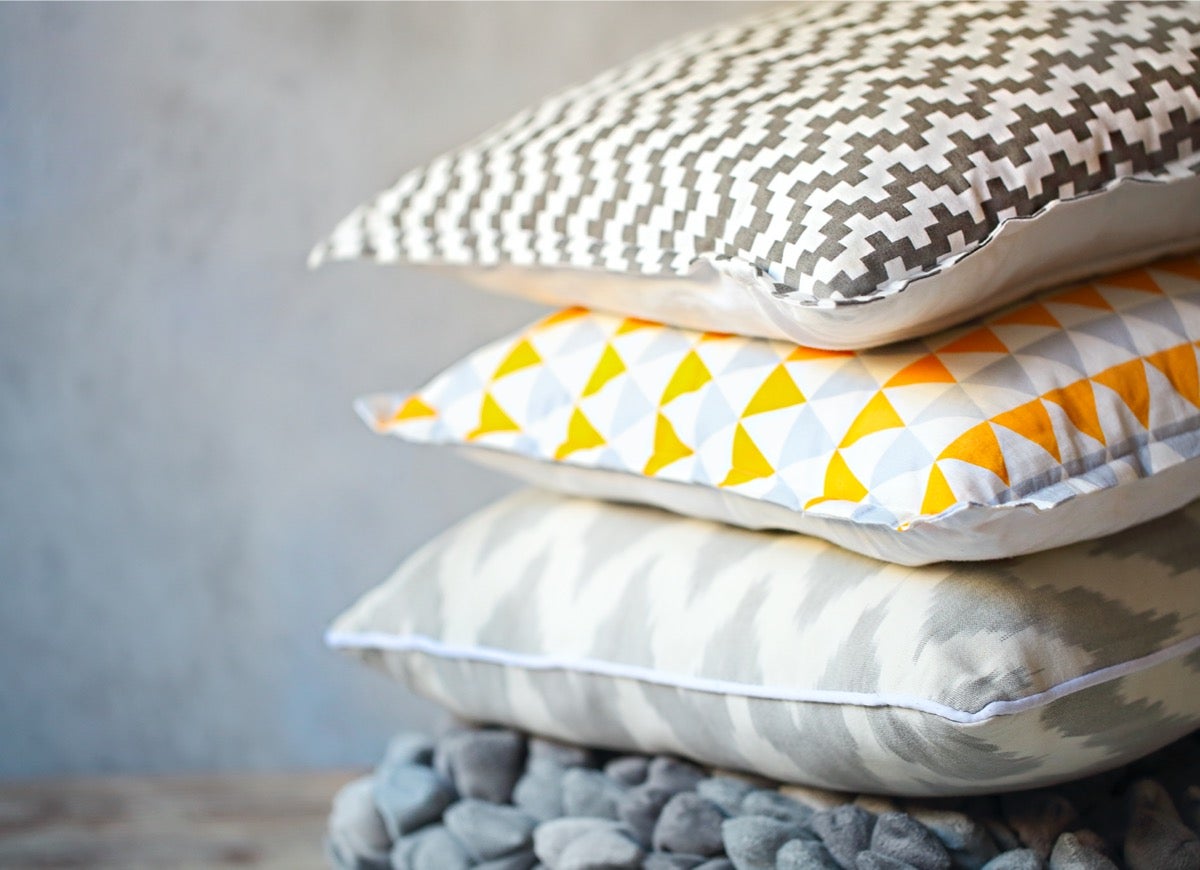
“The presence of fractal detail in design reminds us of the many systemic layers of our bodies and our natural environment,” says Elisco. Update your living space with fractals, or neverending, repeated patterns, by swapping in some snowflake-patterned pillows, geometric-shaped furniture, or plants—like ferns—that have repeating fractal elements.
Welcome Water
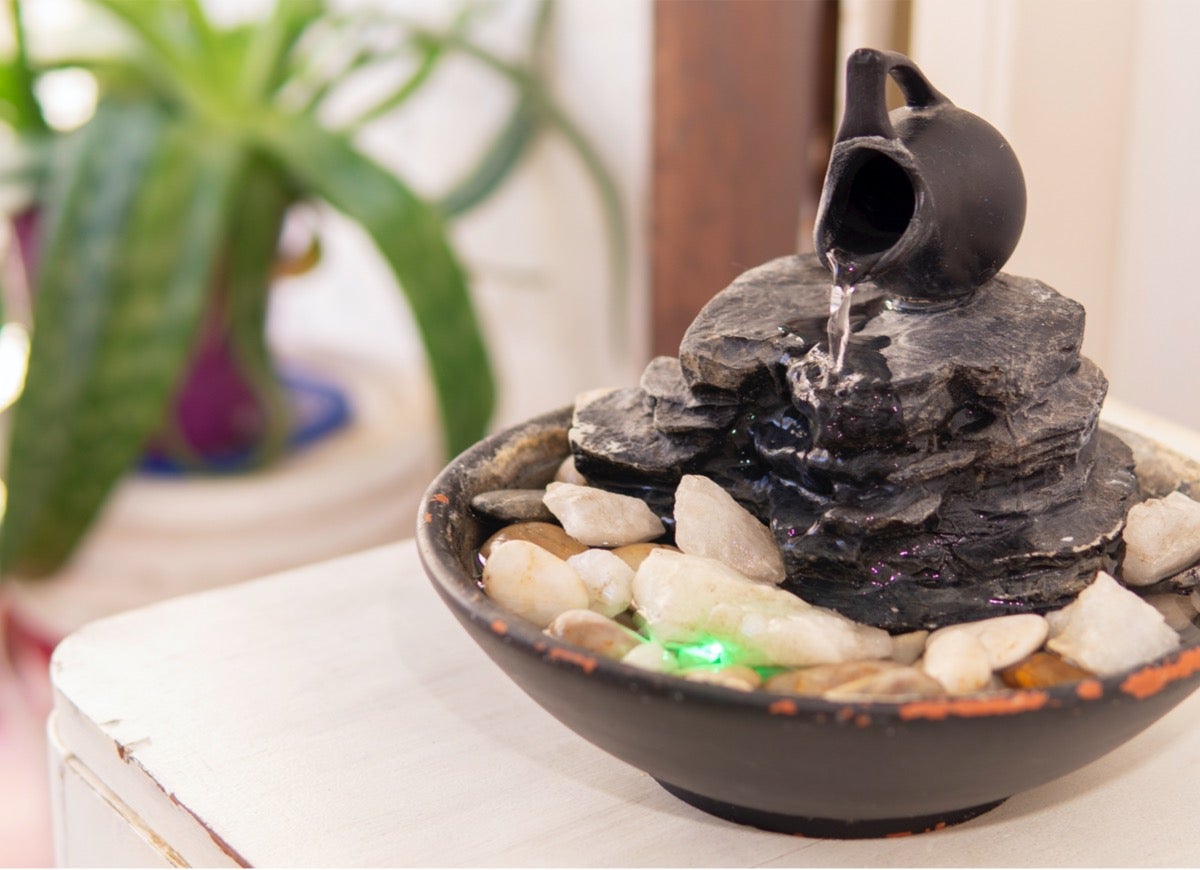
Water is one of the most fundamental aspects of the natural world, but it is often overlooked when it comes to home design.
“Biophilic design choices boost the activity of the parasympathetic nervous system, decrease stress levels, and encourage a sense of well-being,” says Elisco. Moving water, for instance, creates negative ionization which promotes physiological stimulation to the human body. Adding a fountain feature to your entry space, for example, is one easy way to achieve this stimulation.
